How and why we are prepared to respond when the worst happens
By Mary Beringer, Grant Coordinator
Ever since our inception in 1976, The Foodbank has been invested in disaster relief. Back then, we were called The Emergency Resource Bank, and we worked as a subsidiary of the American Red Cross. Over the years, our focus and priorities have shifted, and we became an independent 501(c)3 in 2003 but responding to any natural or man-made crisis has always been a concern of ours.
In addition to sitting on committees like Voluntary Organizations Active in Disasters (VOAD) and Community Organizations Active in Disasters (COAD), the current Foodbank location was designed with disaster relief in mind. The building has very few windows, as well as a back-up generator, making it an ideal shelter in a storm. We also have showers and laundry machines on-site, in case anyone needs to spend a long time cooped up inside. Of course, there is plenty of food at The Foodbank, but we also keep pallets of bottled water on hand for emergencies. Sometimes we send some of this water out to the sites of other disasters, like after the train crash in East Palestine, Ohio earlier this year. We have also sent food and water to further places, like North Carolina, Florida, Texas, and even Foodbank staff support to Puerto Rico.
However, in 2019, disaster hit closer to home. The Memorial Day tornadoes tore through the Miami Valley, destroying much of the infrastructure we depend upon. The Foodbank leapt into action, distributing over one million bottles of water, and providing food to thousands of displaced residents. We had so much water lining our aisles that we had to borrow warehouse space from a neighboring lot just to store it, and we held some Drive-Thrus that handed out water. Our mobile distributions kept going, in addition to bonus mobiles at places like the Salem Mall. Some of our team members stayed at our warehouse for three days straight, doing everything we could to meet the need in the community.
The Foodbank also has to be prepared to respond to disasters of a more economic sort, like government shutdowns. When these shutdowns go on, they can have a devastating impact on people who depend on government programs like WIC and SNAP (formerly food stamps). In 2018 when the last shutdown occurred, the salaries of military employees like those at Wright Patterson Airforce Base were cut, and The Foodbank responded by having distributions directly outside the base for Airforce employees. These kinds of disasters are difficult to predict, but just as important to respond to as weather-based events.
October 13th is the International Day of Disaster Risk Reduction. It is a day to celebrate the achievements the world has made in anticipating and responding to disasters, but it is also a day to be risk aware. Create a disaster plan with your family and be sure that any children are included so they know what to do. Consider purchasing or packing a go-bag full of the supplies you might need if you have to flee your home in an emergency. If you can, become CPR and First Aid certified so you can help yourself and others during a crisis. And if you don’t live in Dayton, familiarize yourself with the nearest safe place to seek shelter. It may be your local food bank, or it might be another community resource, like the Red Cross, the YMCA, or even a library. The last thing you want is to be caught unprepared when disaster strikes.
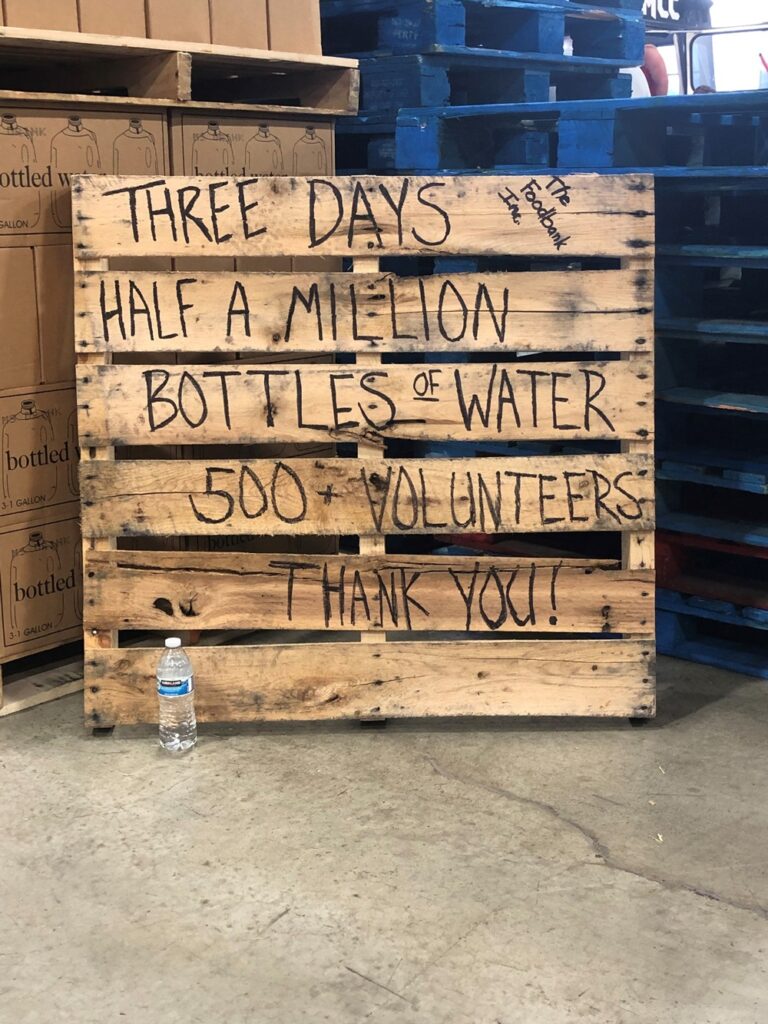
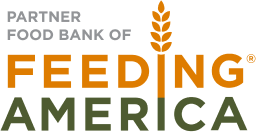
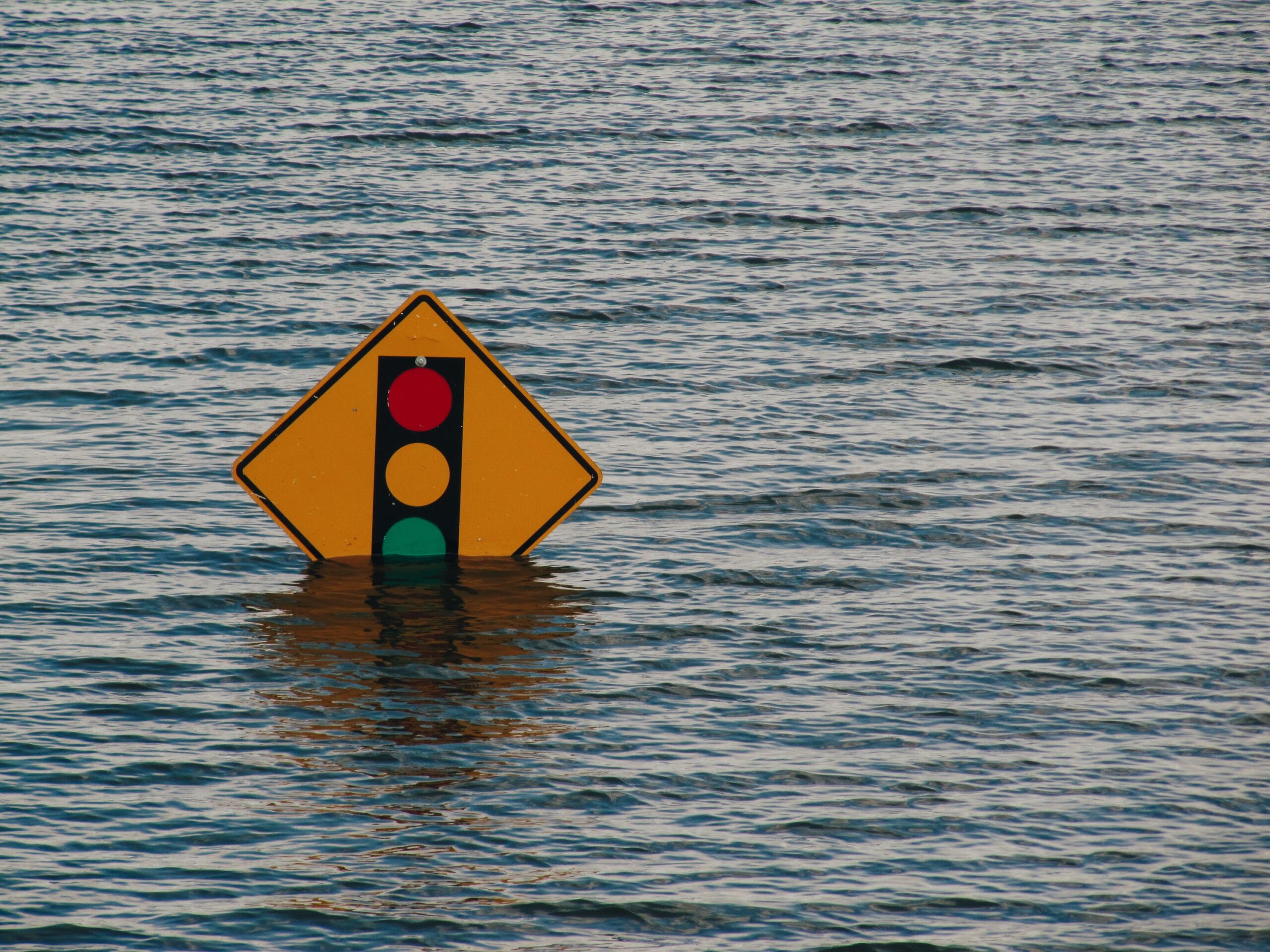
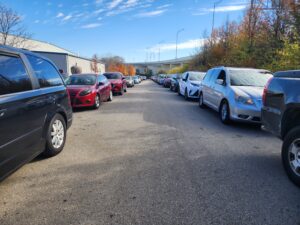
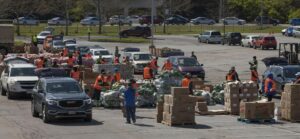
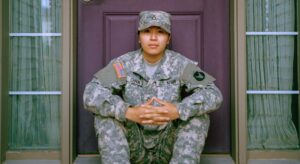
No comment yet, add your voice below!